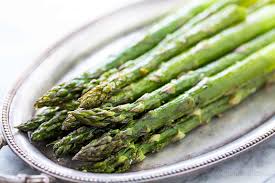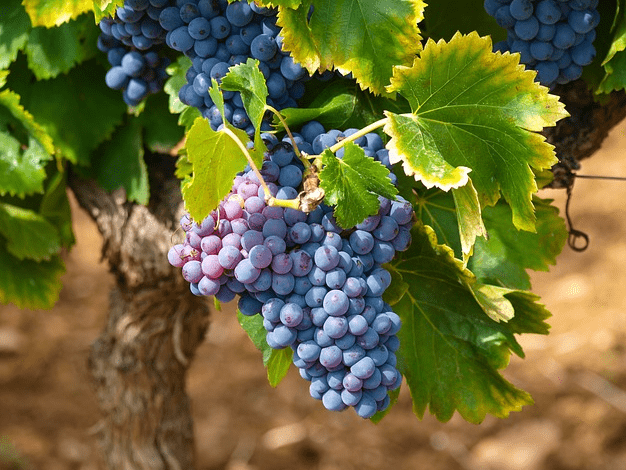Do your kids eat vegetables?
Anyone who feels that his children happily eat enough organic fruits and vegetables, please stand up.
My feeling is, even from behind the computer screen, that not too many people stood up right now. There is no doubt that the combination of children and organic vegetables is challenging, to say the least, and that many parents lose sleep over it, to say even less. This goes for me to!
As opposed to all the temptations in front of the child's eyes – on the shelf in the grocery store (In which they are sometimes big enough to walk to alone), on the shelves of the supermarket (where the most terrible junk is intentionally located precisely at the height of their eyes), in their classmates lunchboxes and in the playground, on pages and screens of advertisements… everywhere you look there is much more "non food" (read the ingredients) than food. What do we do to avoid losing this war against junk food?
On the one hand, when a child clearly does not eat enough organic fruits and vegetables (which is quite clear from the composition of the plate at dinner, when the vegetables are systematically pushed out), the heart begins to worry. How will he get all the nutrition he needs? How can he continue to grow healthy with such a diet? On the other hand, it is clear to us that the more we urge them to eat vegetables, the more likely that we will get a cold shoulder, and the chances that they will eat them will diminish. Perhaps we should try reverse psychology and hide the vegetables in the highest cabinet in the kitchen and forbid them to eat even a quarter of a cucumber, perhaps it would help? It probably won’t work. So what will?
First, understand that our children are behaving normally, and that it takes a lot of patience and forbearance to blend vegetables into their diet. Usually, infants beginning to eat will happily taste anything new that is put in front of them or served to them, especially if the parent eats the same food and seems to enjoy it. But then, somewhere around the age of two, toddlers become more selective, and often towards the age of 4 or 5 the choice of food they are willing to touch includes only pasta-ptitim-pita with a spread-and malawach. Or in other words dough dough and dough. These are accompanied, of course, by sweets and some cheeses sometimes.
Why are vegetables naturally pushed aside? Because their taste is much less attractive and much less dominant than the other options. As representatives of the unexciting and weak flavors, they are pushed to the bottom of the list of priorities.
“I like food with a strong taste” I’ve already heard at home…
So still, what do we do? First, anyone who feels that another reminder to "eat healthy" or eat vegetables only creates more resistance, is probably right, but a reminder is still worthwhile – only in a more subtle way. For example, you can suggest eating something that will make your stomach happy – the phrase does not contain the code words "vegetables" or "healthy" that the children learned to recognize as a code for something that is not tasty. Second, ensure that the alternative is in front of their eyes and within reach. I’m not suggesting artistic sculpture of organic vegetables or creating origami from organic fruits just so that the children will be persuaded to eat them, but rather to display a plate with colorful sliced vegetables within hands reach, even when you return from kindergarten/school, and also when you sit down for a meal. What is out of sight – if definitely out of mind.
What else?
Tasty fruits and vegetable!
My kids are maybe not enthusiastic enough regarding organic vegetables, but their friends “chow down” when they visit and even shyly ask me to send them to school with "sweet sweet peppers, sweet corn … cherry tomatoes and cucumbers" when they sleep over.
How fun!
A personal example is always good, as in everything else. Extend your hand to the bowl with the organic vegetables occasionally. Eventually the kids will notice. Make sure that there is as wide a variety of vegetables in the vicinity as possible – not only the trio of cucumbers, tomatoes and lettuce, but also cauliflower, broccoli, sweet pepper, daikon and others. Last but not least, include the children in the food preparation process. For me it works great because what goes through their hands gets a lot more attention, and sometimes this attention is enough to convince them to secretly taste. The second reason is that when you cook together, talk and chit chat, and without noticing, you put in your mouth whatever is in your hand. And sometimes it just happens to be delicious.
So it's true that vegetables do not have a fair fight against dairy and chocolate with cream, and high-sugar cornflakes and other less desirable guests in our kitchen, but even the longest journey begins with one step…
Great ideas about vegetables and children are found here: http://tzilivitality.com/2015/01/30/veg-behavior/
To health!
Yours,
Maggie and the garden team
We can expect in our organic vegetable baskets this week (draft only):
lettuce
Radishes
Green onions
Cucumbers
Tomatoes
Kohlraby
Fennel
Potatoes
Carrots
And cabbage
In the large organic vegetable baskets, also:
Swiss Chard
Kale
onions
Beets
Organic fruit baskets:
Bananas
Oranges
And Melon
In the large fruit baskets, also:
Papaya
And clementines










